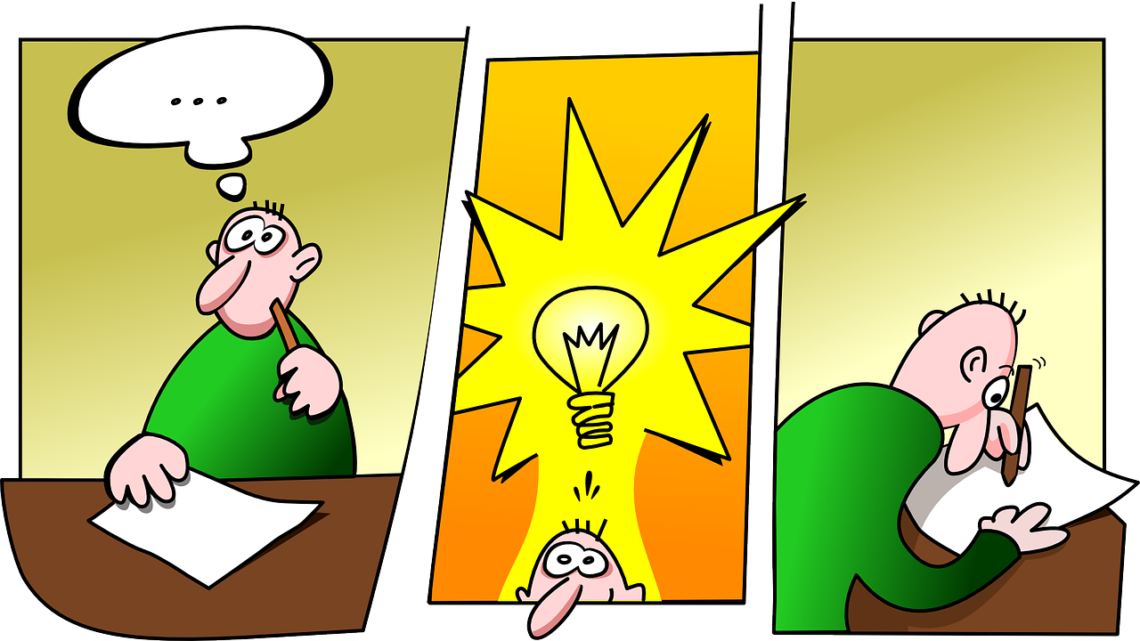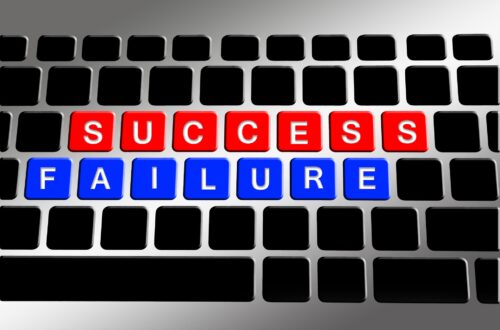
Ambiguous Project With Not Enough Guideline? Follow This 5-Step Process.
Myriam is a product manager at a multinational company whose job is to understand current industry trends, anticipate customer needs, design product road maps, and get buy-in from upper management and stakeholders. So naturally, all these require her to start with very little information and mainly with a vague concept. “Dealing with ambiguity” is her everyday norm at work. So even though she is usually good at delivering such projects, it initially takes a toll on her.
“I get overwhelmed, I lose sleep, I procrastinate, then I get stressed out from the pressing and looming asks hanging over my head,” were her words when I talked to her last week. However, she added that she gets in the flow towards the later half when she works crazy hours and eventually delivers it by the deadline. In only six months in this job, her team and the management have been very impressed by her work.
What Myriam goes through is a form of the creative process. I reminded her that she has a track record of delivering no matter how ambiguous the project was. Unfortunately, her manager or others don’t see the suffering; they only see her magic in the end. She now decided to document and embrace it as a conscious process instead.

I realized that when I write an article or design a workshop, the process is very similar to Miriyam’s. So, combining the two here is how I captured the phases of the creative process.
1. Gather Ideas and Data
Keep your mind open; Ideas can come from anywhere, even when you expect the least – during the shower, exercising, driving, walking, folding the laundry, etc. Take quick notes on your phone or a notepad. Please don’t wait for the perfect medium, as you might lose them.
2. Brain dump: Capture the messy, unprocessed, raw-form ideas.
Write down or type up whatever idea you have formed on a Word or Google doc. If you are visual, draw a diagram, or if writing using paper and pen helps, feel free to do that. The initial capture may not look very reassuring but don’t lose hope. You will need a lot of discipline to complete this step while resisting the temptation of researching, finding the perfect wording, or adding more references. When that happens, remind yourself that this is a “brain dump” and not the finished product.
3. Organize the brain dump.
At this phase, as you read your brain dump, you will start seeing how you want to organize your thoughts and present your idea to others. Use headings, slide titles, or paragraphs (big brush strokes) that may not look up to your standard yet but will help you see the points and the connections. Be patient; you are closer than you think. Take a break or multiple breaks, and return to it with a fresh brain.
4. Polish – Get Feedback – Revise.
This phase is about polishing and fine-tuning while you send it for reviews. I enjoy this phase the most as I see the shape of the final product. Then, I share it with my trusted network to see if it makes sense to them. For Myriam, that included her manager and a few key people related to the project.
5. Release and Get More Feedback
The biggest challenge of this phase is to let go of perfection and “publish” it. If it is a blog post, I publish it on my website and social media; if it is a workshop, I share it with my client. Even though I call it “publishing,” there would be additional updates and fine-tuning along the way.
Take Plenty of Breaks
Give yourself plenty of breaks between the phases, go for nature walks, take naps, etc., to clear your mind and allow new connections to happen. Give yourself a few hours or even a few days so that you can come back with a fresher brain. Focus on something else during this time.
Final Thoughts
Even though I tried to capture the phases, they may not be linear and have their cycles. So the key is to accept it as a process and a very hard one, for that matter. Self-discipline is essential, but it doesn’t mean you have to beat yourself up when you feel stuck. Instead, focus on what you can control and let go of being attached to a specific outcome. Get early feedback as much as possible so you can act on them sooner than later. Following these steps mindfully and trusting the process will make you feel more comfortable and confident working with ambiguous projects.
Join me for free weekly coaching on Fridays at noon PT/3p ET – Register for Coffee w/A Coach.




